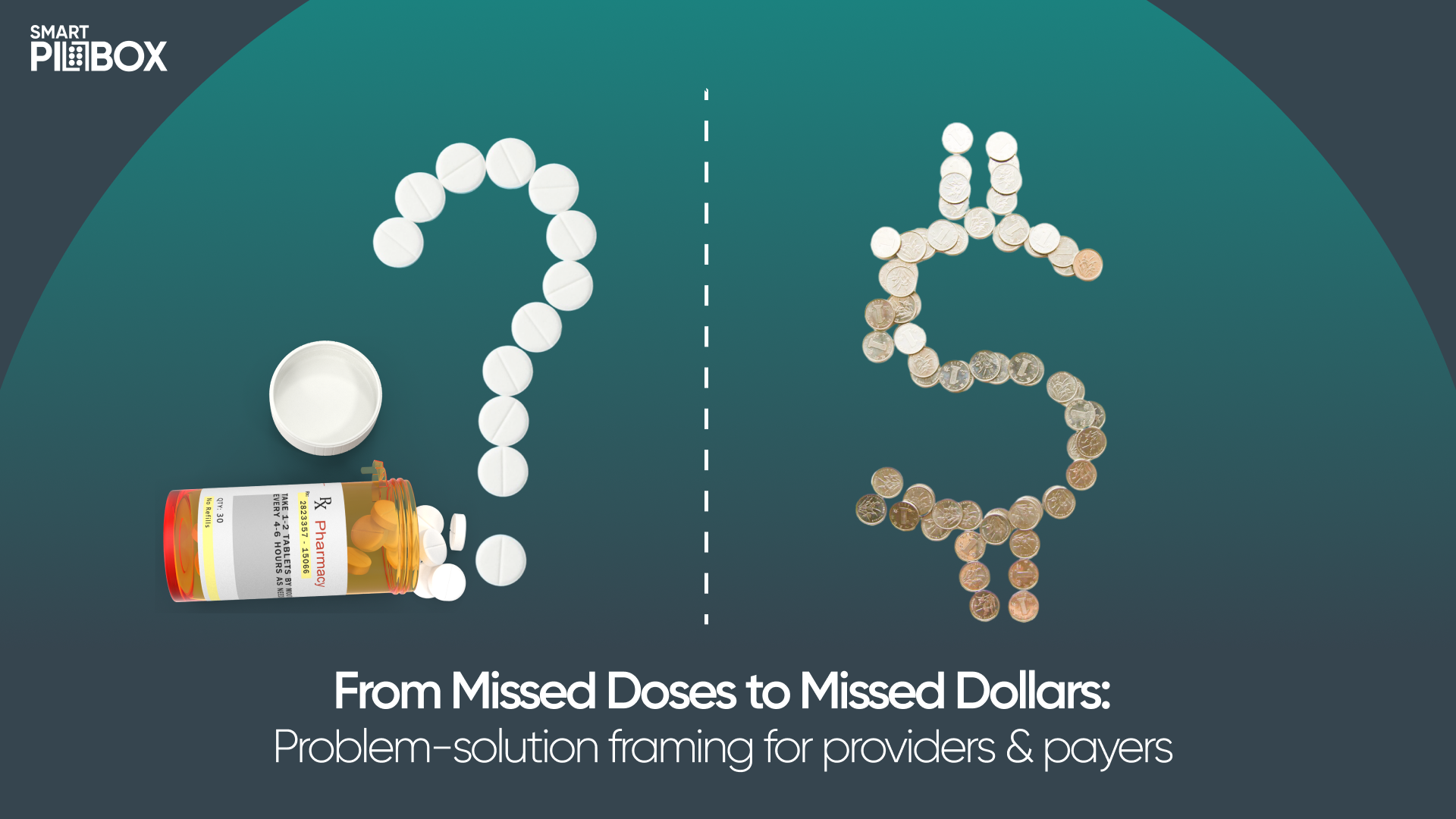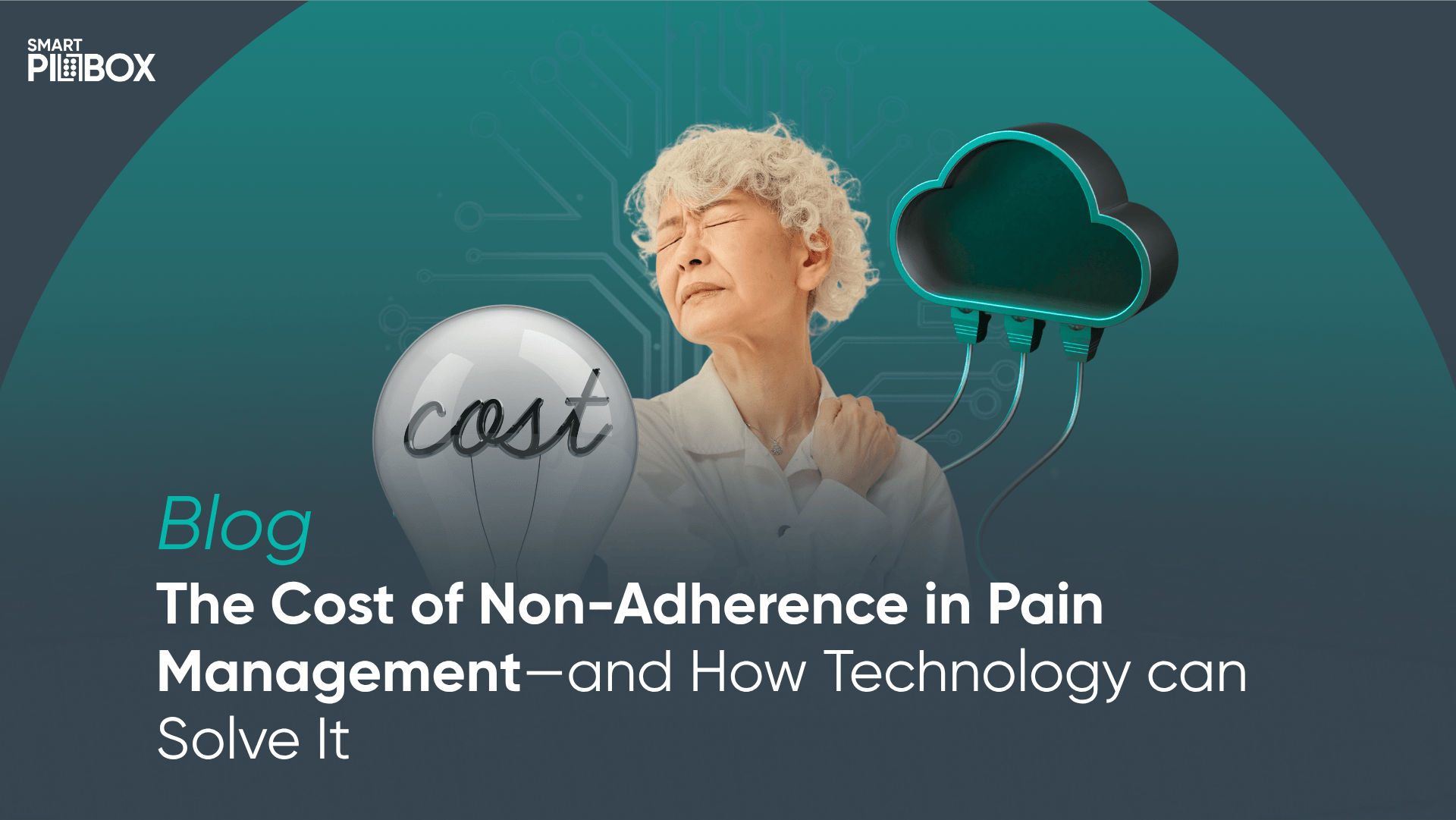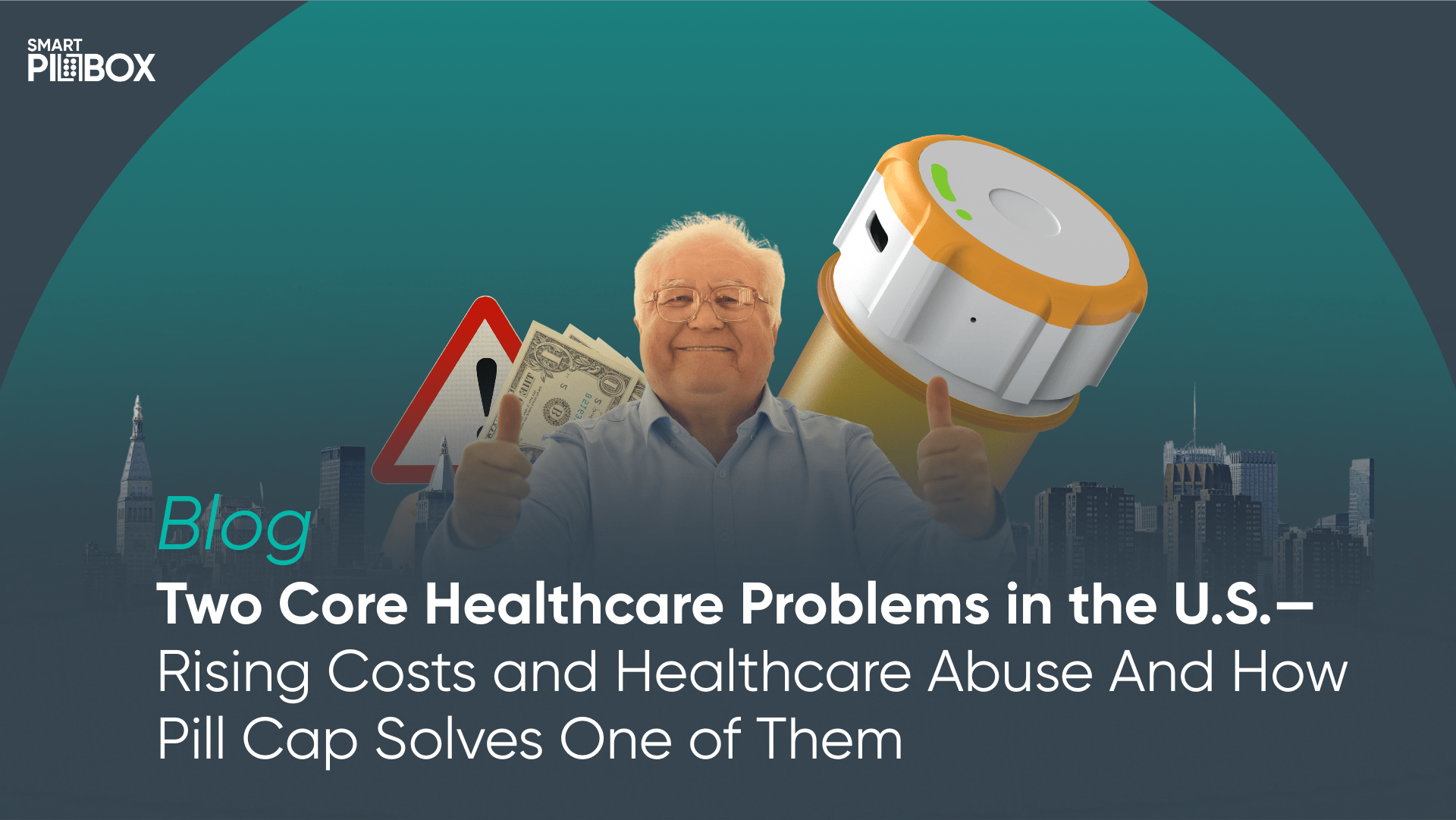From Missed Doses to Missed Dollars: Problem-solution framing for providers & payers

A Crisis Hiding in Plain Sight
Medication non-adherence is not a new issue, but its impact is more severe than many realize. Every missed dose is a step away from disease control and a step closer to costly, preventable deterioration. For patients managing chronic conditions, it’s a gap in survival.
For providers, the cost is twofold: deteriorating patient outcomes and a healthcare system hemorrhaging money, time, and trust.
It’s estimated that nonadherence contributes to over 125,000 preventable deaths annually in the U.S., according to the CDC. Financially, it burdens the healthcare system with between $100 billion and $300 billion in avoidable costs each year. These expenses stem from emergency room visits, hospital readmissions, additional testing, and extended treatment timelines.
This isn’t an isolated patient issue. This is a systemic failure.
The Real Cost of Non-adherence: Clinical, Operational, and Financial
Most providers build treatment plans meticulously, accounting for risk factors, drug interactions, and patient-specific needs. But even the most precise plan fails when medication is not taken.
Here’s what non-adherence is really costing your practice:
- Increased Readmissions: Up to 50% of hospital readmissions within 30 days are linked to poor medication adherence.
- Lower Star Ratings: Adherence directly affects CMS quality measures and impacts your reimbursement.
- Wasted Clinical Hours: Teams spend valuable time tracking down patients instead of focusing on care delivery.
- Lost Reimbursement Opportunities: Without capturing adherence data, practices miss out on Remote Therapeutic Monitoring (RTM) billing potential.
Perhaps most importantly, non-adherence often isn’t intentional. Patients forget, misinterpret instructions, or are overwhelmed by complex regimens. Without visibility into daily medication behavior, providers miss critical opportunities for intervention.
Why Traditional Solutions Fall Short
Relying on patient self-reporting or routine phone calls doesn’t scale and cannot provide real-time accuracy. Even patient portals and health apps, while well-intentioned, require digital fluency that many older or underserved populations may lack.
Most systems stop tracking after the prescription is filled. That’s the blind spot. The gap between prescribing and actual ingestion is where real-world risk lives, and where most care systems have no insight.
Smart Pillbox: Bridging the Visibility Gap in Chronic Care
Smart Pillbox is more than a reminder tool. It’s a connected care infrastructure designed for real-world providers and real patients.
What it delivers:
- Real-Time Dose Tracking through Remote Therapeutic Monitoring (RTM)
- Immediate Alerts for missed, skipped, or delayed doses
- HIPAA-Compliant Provider Portal for centralized adherence data and clinical decision-making
- RTM Billing Integration aligned with CMS and private payer codes
Smart Pillbox is an FDA-registered medical device, built in the U.S., and developed to meet the realities of complex care environments. This is a clinical-grade solution that aligns with your existing workflows.
Backed by Outcomes: What the Data Says
Research consistently shows that improving adherence results in measurable clinical and economic benefits.
A 2023 study in The American Journal of Managed Care found that patients with high adherence had 42% fewer hospitalizations and nearly double the treatment efficacy compared to those who were non-adherent.
For older adults over 65, a group often excluded from digital health solutions, studies show that simple adherence tools and pill reminders like connected pillboxes can improve adherence from an average of 62% to over 85% when paired with real-time monitoring.
From a financial standpoint, RTM reimbursement is creating real revenue impact. According to CMS data, practices using RTM-enabled devices have unlocked more than $18,000 in monthly reimbursements, without needing to expand staffing or infrastructure.
The conclusion is clear: Being one of the best pill reminders in the USA, Smart Pillbox supports better care delivery, stronger outcomes, and financial resilience.
Designed for Real-World Workflows, Not Ideal Scenarios
Smart Pillbox is built to integrate seamlessly into clinical routines. It does not demand new platforms, staff training, or behavior change. Instead, it enhances your existing systems and relieves operational burden.
Whether you’re a physician, care coordinator, or pharmacist, the benefits are immediate:
- Clinical Clarity: Real-time visibility into adherence patterns
- Operational Efficiency: Less time spent chasing manual follow-ups
- Revenue Sustainability: RTM billing support with CPT codes 99454, 99457, and 99458
Smart Pillbox empowers your care team while preserving resources.
This Isn’t About Technology. It’s About Taking Back Control
In today’s value-based care environment, providers can’t afford to operate in the dark. Smart Pillbox shifts the model from passive to proactive, with measurable returns on care and revenue.
This is the transformation:
- Missed doses become monitored adherence
- Guesswork becomes data-driven action
- Preventable harm becomes predictable recovery
- Revenue leakage becomes billable, compliant RTM data
The Path Forward
If you’re serious about enhancing chronic care management, improving HEDIS scores, and protecting financial sustainability, medication visibility must be a priority.
Smart Pillbox is more than a device. It is a care system that closes the loop on patient adherence, improves outcomes, and drives operational value—one dose at a time.
Let’s change how chronic care works. Talk to our team today and see how Smart Pillbox fits into your clinical model.



